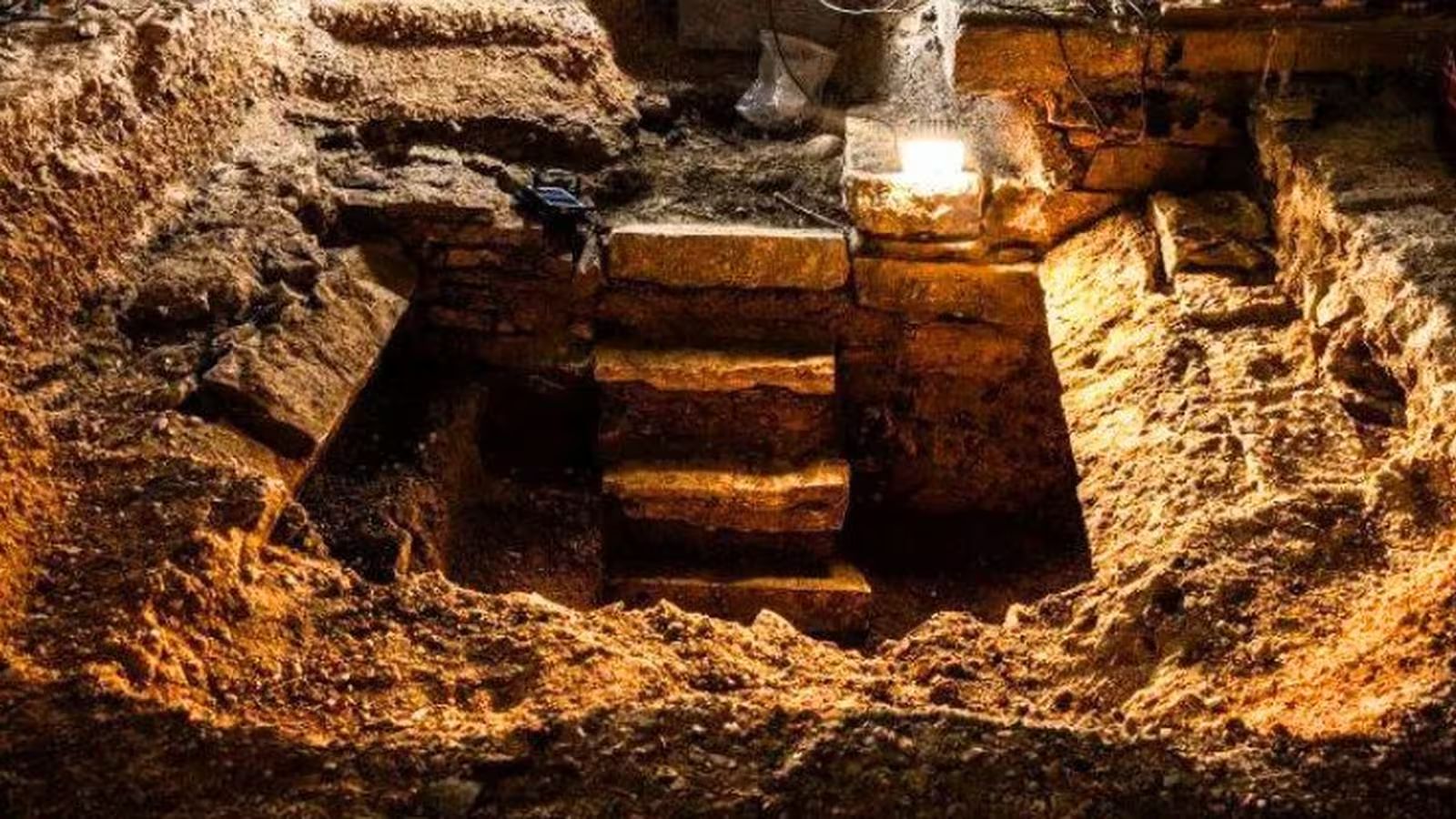3 Minutes
Historic Discovery Unearthed in Dijon
Archaeologists in France have unveiled a significant archaeological find beneath the Saint-Philibert Church in Dijon—an underground burial chamber sealed for at least four centuries. This remarkable discovery emerged during a recent initiative to assess and repair the damage caused by past restoration efforts, shedding new light on the medieval and ancient history of this unique Romanesque structure.
Background: A Romanesque Landmark Shaped by Time
Constructed in the 12th century, Saint-Philibert Church stands as Dijon’s sole surviving example of Roman-style ecclesiastical architecture. After its closure in the wake of the French Revolution, the church was repurposed as a salt storage facility in the mid-1900s, a function that contributed to the deterioration of its stonework due to prolonged exposure to salt and moisture.
In an ill-advised attempt to reverse earlier damages, a heated concrete slab was installed in 1974. Rather than preserving the building, this intervention accelerated structural decay by drawing more water and salt into the ancient stones, further weakening the church’s foundations. Recent conservation work removed this slab and allowed archaeologists from the National Institute for Preventive Archaeological Research (INRAP) to explore beneath the floor.

Archaeological Investigation Yields Unexpected Depths
During their excavation, INRAP researchers uncovered a long-concealed staircase descending to a burial vault that had remained untouched for some 400 years. The chamber, dating back to the 15th or 16th century, contained the remains of dozens of individuals—including both children and adults—interred in coffins. According to INRAP’s official statement, the careful arrangement of bones, relocated to create space for new burials, indicates this vault likely served as a community crypt during times of high mortality, possibly from famine or epidemic.
Further examination revealed multiple historical layers within the church, including tomb slabs from the 11th to 13th centuries and even earlier stone sarcophagi originating from the 6th century. Excavations are planned to extend to a depth of three meters, potentially uncovering material evidence spanning from Late Antiquity through the modern era.

Broader Significance and Future Prospects
The Saint-Philibert findings add to our understanding of medieval European burial practices, community responses to crisis events, and architectural evolution over the centuries. INRAP’s ongoing work promises to shed more light on the social and historical context of Dijon and the wider Burgundy region.
Conclusion
The rediscovery of the sealed burial vault and associated archaeological layers beneath Saint-Philibert Church underscores the importance of careful preservation and research. Each layer unearthed offers new insights into the lives, beliefs, and challenges of past societies, enhancing both local heritage and the broader narrative of European history.



Comments